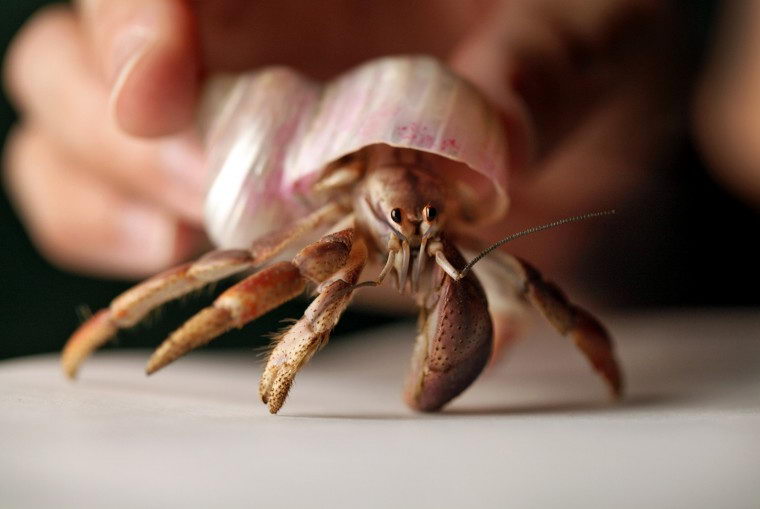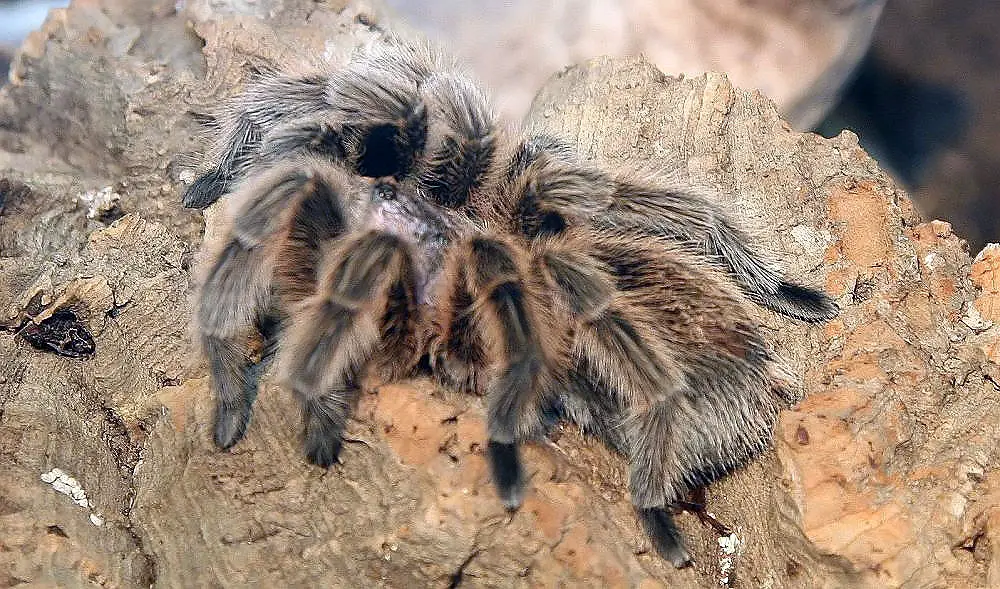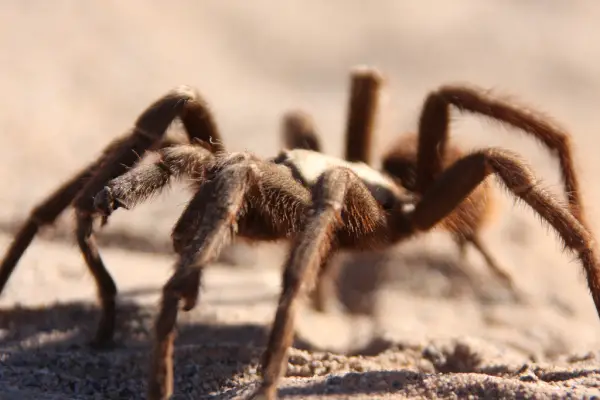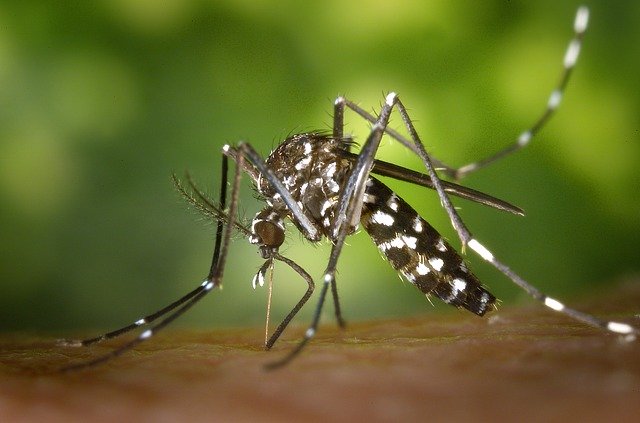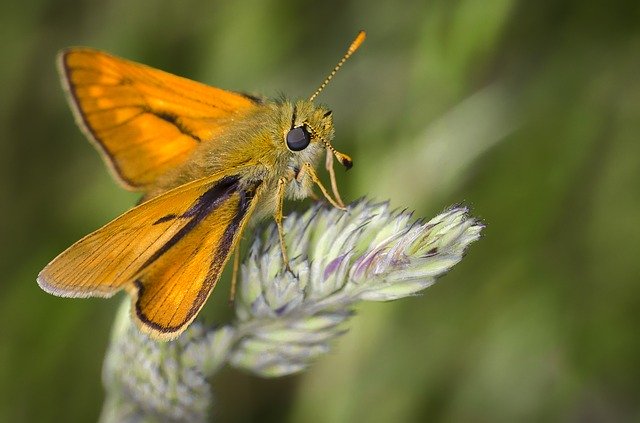The Japanese spider crab (Macrocheira kaempferi) is the largest of all crustaceans. It occurs on muddy or sandy bottoms in water to a depth of 30 – 50 m (100 – 160 ft). The crab is thought to feed on echinoderms, molluscs, crustaceans, and worms. It is also known as takaashigani means ‘tall leg’.
Japanese Spider Crab Facts
Anatomy
- The length of the Japanese spider crab averages 25 × 30 cm (10 × 12 inches). Some spiders reach a length of 45 cm (18 inches).
- Adult crabs are 4 m long. They weigh up to 16 – 20 grams.
- Females have smaller abdomen than that of males.
- They are admired for their long spindly legs which measure 2.4 – 2.7 m (8 – 9 ft) in length. Their legs are quite weak.
- There are white spots on its orange legs.
Read More: Alaskan King Crab Facts
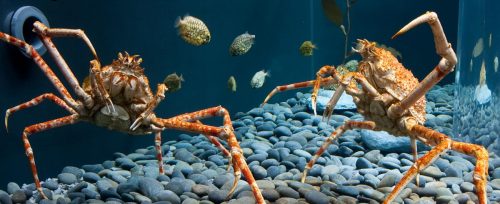
Distribution
- Japanese spider crabs are distributed throughout the Pacific parts of the Japanese islands, Honshu including Sagami, Suruga, Tokyo Bay and Kagoshima Prefecture.
- Some of the isolated population also occurs in Taiwan.
- They are found to a depth of 50 – 600 m (16 – 1,970 ft).
Habitat
- These spider crabs breed in the temperate waters including saltwater or marine habitats.
- They make habitats at depths of 150–300 metres (490–980 ft).
- Japanese crab spider are thought to occur in the deeper parts of the ocean.
Feeding Ecology & Diet
- Japanese crab spiders are omnivores as they feed on both animals and plants.
- Sometimes they also act as a scavenger to eat dead animals. Spider crabs supplement their diet with the shells of mollusks.
- The diet includes fish, carrion, aquatic crustaceans, other marine invertebrates. Plant matter consists of algae and macroalgae.
Behavior
- The Japanese spider crab uses it claws to run off potential predators but it cannot move swiftly.
- Spider crabs are not thought to communicate with each other.
- The sensory system of Japanese spider crab is not acute for the animal is not an active hunter nor does it possess natural predators.
Reproductive Biology
- Spider crabs go through three stages; one megalopa stage and two zoeal stages. The zoeal stage averages 12 – 37 days while the megalopa stage lasts one month.
- It takes 54 – 72 days to develop the planktonic larvae.
- Young crabs are known to survive in shallow waters with warm temperatures.
- Reports suggest that the Japanese spider crabs have a lifespan of 100 years in the wild.
- Each season the female crab will lay 1,500,000 eggs but only a few are able to survive. These eggs measure 0.63 – 0.85 mm in diameter.
- The eggs are hatched in 10 days.
- They mate only once a year and the mating season ranges from January to April.

